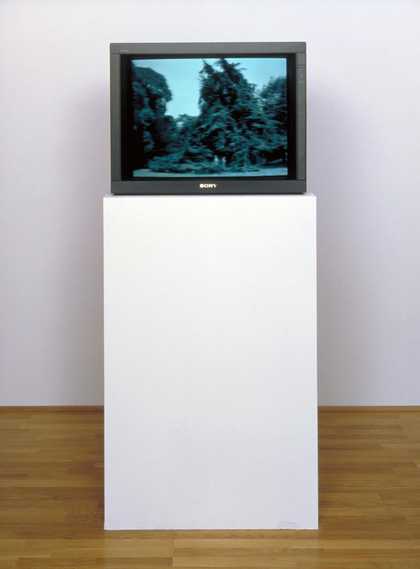Landscape is central to the work of many contemporary writers. In a time of technological and cultural changes to our understanding of ‘place’, the way we approach, define and describe landscape has profound effects on our writing and beyond. And, perhaps most importantly, in an age of accelerated environmental change (the so-called ‘anthropocene’), every writer and artist must face their role in creating a new relationship between language and landscape.
How might we incorporate landscape into narrative – and narrative into landscape? How does landscape relate to our experience and depiction of time? How can we include all of the senses, not just the visual, in writing about landscape? What does the way we envision landscape say about the moment in which we live? With special after-hours access to the galleries, this five-week course helps you to open up questions like these and develop your own language of the landscape. Writer Justin Hopper leads discussions and writing exercises inspired by landscape art, from Constable and Turner to Richard Long and Simon Starling in the Tate Britain collection.
In each of the five sessions in Writing the Landscape we will look at and discuss artworks that inspire our imagining of landscape. We will read short examples of urban and rural landscape writing by an array of writers including Robert Macfarlane, Jim Crace, Helen MacDonald, Kathleen Jamie and Iain Sinclair, and work on writing exercises that help inform our personal writing – be that poetry, fiction, journalism or memoir.
Over the weeks of the course, each participant will have opportunities to share their work with classmates, or have one-to-one communication with the course leader about their writing.
The five sessions will be based around the themes:
Background and Foreground
Using artworks to illustrate a few background concepts about landscape in art and writing, you will play with the idea of landscape as a setting and landscape as a primary subject.
Time
The way we see landscape and our understanding of time are intertwined concepts. We will discuss landscape writing and artworks that play with concepts of time, and discover ways of writing about landscape through anachronism as well as non-linear and ‘deep’ time.
The Senses
Landscape is often experienced as sights – views, paintings, photographs, and visual descriptions. In this session we will use artworks and exercises to expand our writing to include sounds, smells, tastes and, perhaps most importantly, the tactile and kinaesthetic properties of landscape.
Memory
Discuss the ways writers and artists have used the history, mythology and memory to explore urban and rural landscapes and the edge-lands between them.
Writing
By looking at the literal intersection of ‘writing’ and ‘landscape’ – strategies used by artists and writers for writing on or in the landscape, and artists who use text in their landscape works.
This course is for writers, artists and anyone interested in new strategies for exploring their environment.

